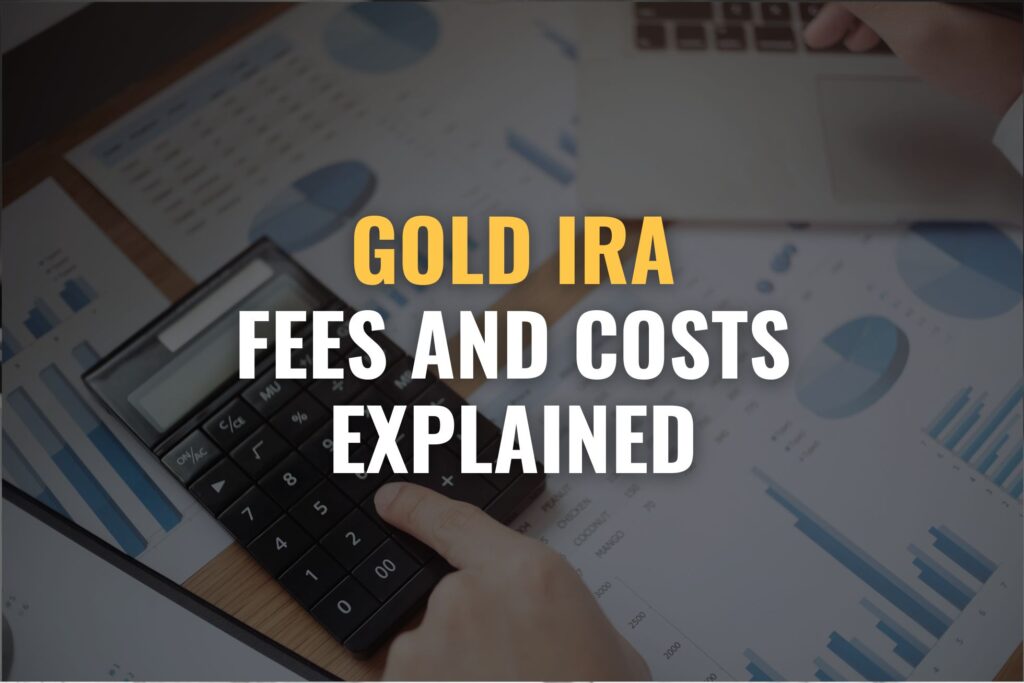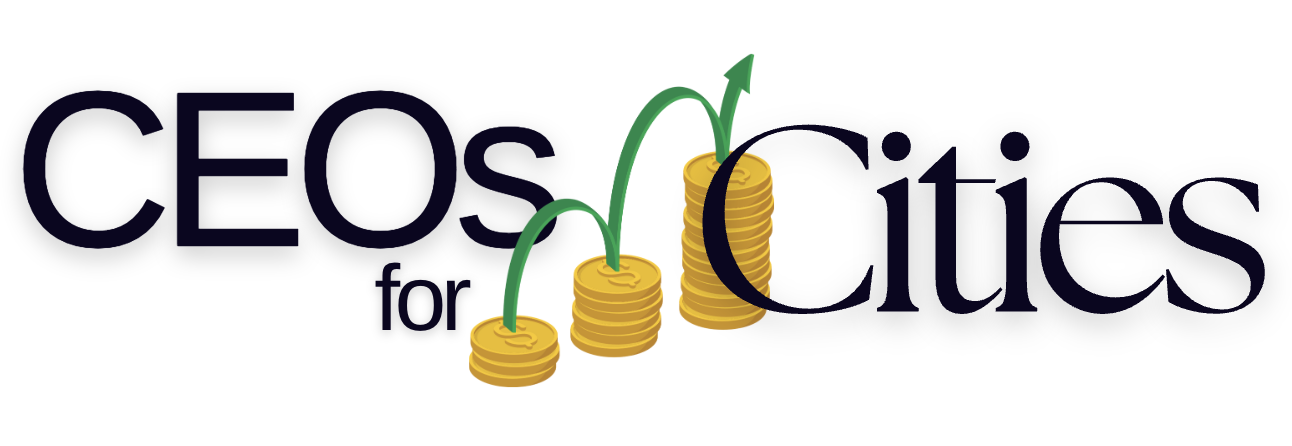Gold IRA Fees: How to Calculate the Costs

Gold IRAs offer attractive tax advantages, but they must comply with strict IRS rules to maintain their benefits. Only a self-directed IRA can include physical gold, which requires storage in an IRS-approved facility. This leads to additional costs compared to standard traditional or Roth IRAs.
While these expenses should not discourage you from moving your IRA or 401(k) to a gold IRA, it’s wise to carefully review the associated costs and explore ways to keep them low. In the following guide, we will break down the key fees you may face with a gold IRA.
Key Information to Understand
- Gold IRAs come with several costs, such as account initiation, yearly upkeep, secure storage, and occasionally fees for buying or selling assets. These expenses typically start at about $50 for setup, range from $150 to $300 for annual administration, and include storage charges of roughly $90 to $180 per year.
- Fees tend to become less impactful relative to your portfolio when you invest $50,000 or more, as fixed fees represent a smaller percentage of the total.
Types of Gold IRA Fees
Gold IRA fees generally fall into several primary categories. These cover the costs of establishing and managing the account, securely storing gold, and handling withdrawals.
| Fee | What It Covers | Costs & Frequency |
|---|---|---|
| Setup Fee | Establishing a self-directed IRA for gold investments | $50–$150, one-time |
| Admin Fee | Routine tasks, such as maintaining IRS compliance and record-keeping | $200–$2,000 annually (flat rate or based on account size) |
| Storage Fee | Secure storage of physical gold in an IRS-approved depository to retain tax perks | $100+ annually |
| Transaction Fees | Costs for purchasing, selling, or trading precious metals | $15–$100 per transaction or asset |
| Miscellaneous Fees | Additional charges (see details below) | Varies |
Account Creation Fees
| What It Is | Cost |
|---|---|
| One-time charge to establish a self-directed IRA | $50–$150+ |
Often referred to as an initiation or application fee, the account creation fee is a one-time cost for setting up a self-directed IRA. These accounts provide the same tax advantages as traditional IRAs but allow investments in unique assets like precious metals, digital currencies, or real estate.
Many IRA providers, such as Madison Trust, Vantage, or Equity Trust, offer setup fees starting at $50. Other custodians may charge $100 or more to open an account.
Annual Maintenance Fees
| What It Is | Cost |
|---|---|
| Yearly fee for account management | $200–$2,000/year |
After establishing your self-directed IRA, the custodian will charge an annual maintenance fee to handle administrative responsibilities. This fee covers tasks like IRS-compliant record-keeping and account management.
Some custodians apply a flat yearly fee, while others use a tiered structure or calculate the fee as a percentage of your account’s value. For example, Vantage charges a fixed $275 annually for record-keeping. At Equity Trust, fees range from $225 for accounts under $15,000 to $2,000 for accounts exceeding $2 million.
Gold Storage Fees
| What It Is | Cost |
|---|---|
| Fee for storing precious metals in an IRS-approved facility | $100+/year |
The IRS prohibits storing gold at home, so you must use an approved depository to maintain your IRA’s tax benefits. Custodians charge storage fees, with costs varying based on their fee structures.
Storage costs depend on several factors:
- The IRA custodian (a financial institution or firm managing secure storage for gold and other precious metals)
- The chosen depository
- The value of your account
- Whether you opt for segregated storage
You can choose commingled storage, where your gold is stored with other investors’ assets, which is the most cost-effective option. Alternatively, segregated storage, where your gold is kept separate, costs more.
Transaction Fees
| What It Is | Cost |
|---|---|
| Charge for buying, selling, or trading precious metals | $15–$100+/asset or transaction |
Certain providers, like GoldStar Trust, do not impose fees for buying, selling, or exchanging precious metals. However, most custodians charge for these transactions.
Other Potential Fees
| What It Is | What to Know |
|---|---|
| Insurance Fees | Covers the cost of insuring physical gold in a depository; may be separate from or included in storage fees. |
| Shipping and Handling Fees | Charges for securely transporting precious metals to or from the depository, often for initial purchases or final distributions. |
| Audit Fees | Fees for periodic inspections to confirm the presence and condition of stored metals. |
| Liquidation Fees | Costs for selling gold holdings, which may include appraisal, market analysis, or other charges beyond standard transaction fees. |
| Wire Transfer Fees | Charges for rapid fund transfers into or out of the IRA, varying by custodian. |
| Late Payment Fees | Penalties for delayed payment of one-time or recurring fees. |
| In-Kind Transfer Fees | Costs for evaluating or processing precious metals transferred into the IRA as an in-kind contribution. |
| Minimum Balance Fees | Penalties if the account value drops below a required minimum. |
| Paper Statement Fees | Charges for receiving physical statements instead of digital ones. |
| Account Closure Fees | Costs for closing an account, which may include final audits or market adjustments. |
Details on Additional Fees
- Insurance Fees: Insuring physical gold in a depository may involve a distinct fee or be bundled with storage costs. Confirming whether insurance is a separate charge can help you understand the total expense.
- Shipping and Handling Fees: These fees cover secure transportation of precious metals to or from the depository, typically for initial purchases or final distributions. Costs may include transit insurance.
- Audit Fees: Some custodians or depositories charge for routine audits to verify the condition and existence of stored metals.
- Liquidation Fees: Selling gold within the IRA may incur extra costs, such as fees for appraisals or market evaluations, separate from transaction charges.
- Wire Transfer Fees: Rapid transfers of funds into or out of the IRA may involve fees, which differ across custodians and impact overall costs.
- Late Payment Fees: Failing to pay fees on time or maintain a minimum balance may result in penalties.
- In-Kind Transfer Fees: Transferring precious metals into the IRA as an in-kind contribution may require fees for evaluation or processing.
- Minimum Balance Fees: Some custodians impose charges if your account falls below a specified threshold.
- Paper Statement Fees: Opting for paper statements instead of electronic ones may incur a small fee.
- Account Closure Fees: Closing an IRA may involve costs like final audits or adjustments based on market conditions.
How Fees Differ Across Gold IRA Custodians
Gold IRA fees vary significantly, as each custodian sets its own pricing structure. While the specific amounts differ, you can expect to encounter the following fees with most providers:
- Account setup or initiation fee
- Yearly account maintenance fee
- Gold storage charges
- Transaction fees for buying, selling, or trading gold
- Fees for withdrawing or liquidating gold
Additional one-time charges may apply for actions like check distributions, late payments, or partial withdrawals.
Fee Structures
Before committing to a gold IRA, compare fee schedules from multiple custodians to identify the most cost-effective option. Many companies publish their fee schedules online, often under terms like “fee disclosure,” “cost summary,” or “account charges.” If you can’t locate this information on their website, reach out to the company directly to request a copy.
Fee schedules are typically organized into categories, such as:
- Account Fees: These include setup and annual maintenance costs, which apply to all account holders.
- Service or Transaction Fees: Charged for specific actions, such as wire transfers or requesting paper statements.
- Precious Metals Fees: Cover expenses like gold storage, shipping, or liquidation.
Setup and service fees are often fixed, meaning every investor pays the same amount. Annual maintenance and gold storage fees may be fixed or scaled, depending on the custodian. Scaled fees can be calculated in two ways:
- A fixed rate that increases based on a tiered schedule as your account value grows.
- A percentage of your account’s value, such as 0.1% or 0.15%. (Note: You may see “basis points” used, where 0.1% equals 1 basis point.)
Some custodians combine fixed and scaled fees. For example, you might pay a flat fee for account balances up to a certain threshold, with a percentage-based fee applied to any excess amount.
When reviewing maintenance fees, confirm the billing frequency. Some companies charge annually, while others bill quarterly.
Short-Term vs. Long-Term Costs
When opening a gold IRA, you’ll face immediate, short-term expenses related to establishing the account and purchasing gold, including:
- Account setup fee for the self-directed IRA
- First year’s maintenance fee
- Cost of the gold itself
- Shipping and handling fees for delivering gold to the depository
- First year’s storage fee
These upfront costs are straightforward and easy to understand, which might tempt you to choose a company based solely on them. However, long-term fees are equally critical, as they can significantly impact your investment over time. These include:
- Ongoing annual maintenance fees
- Continuous gold storage charges
- Fees for buying, selling, or trading gold
Be sure to read the full list of pros and cons of gold IRA, because fees is not the only downside you should know about. High fees can gradually reduce your investment’s value, so it’s essential to evaluate how a custodian structures these costs. Scaled fees, in particular, can become costly as your gold holdings grow. A fee that seems affordable today could become substantial as your account value increases.
